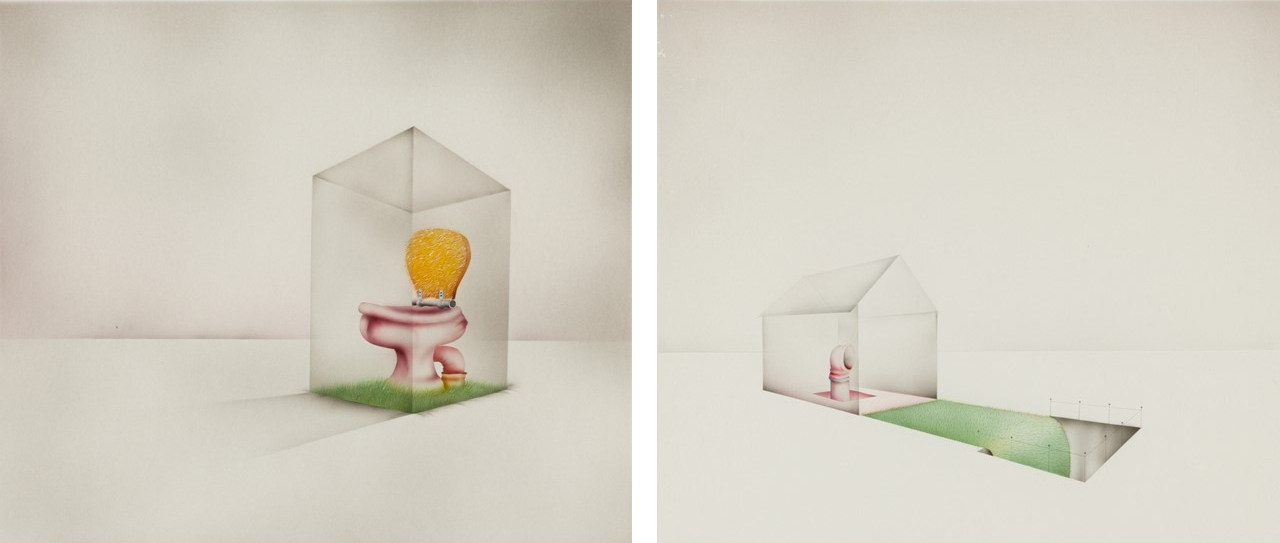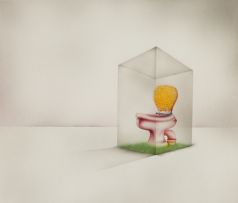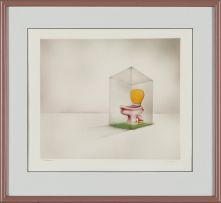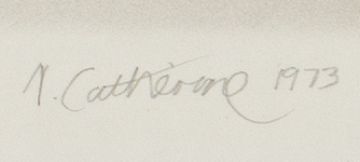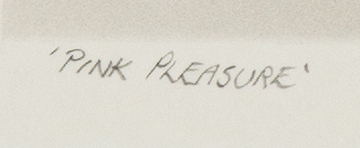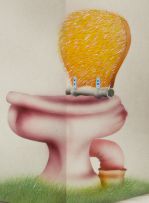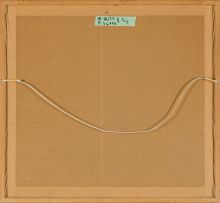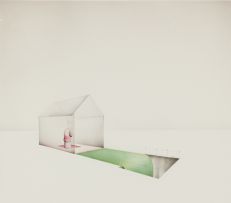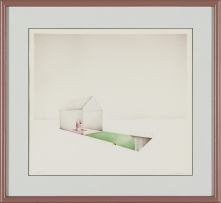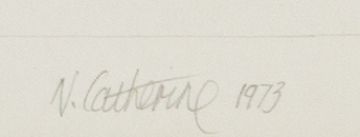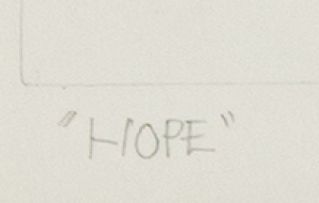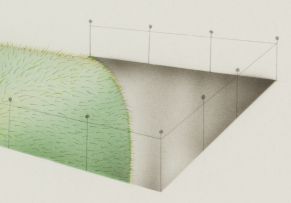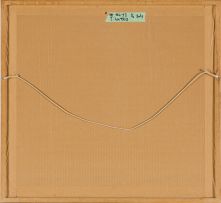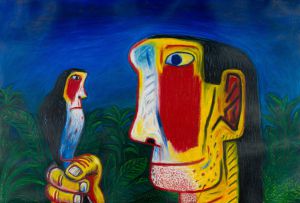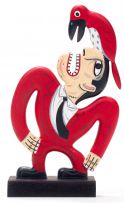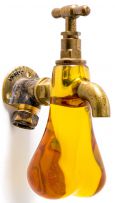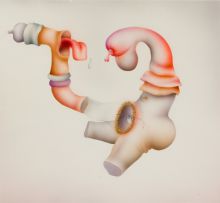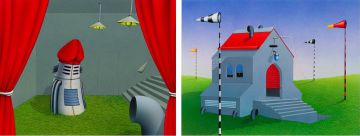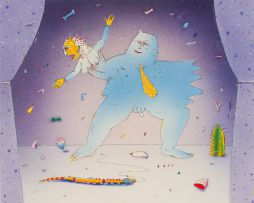Pink Pleasure; Hope, two
Norman Catherine
About this Item
both signed, dated 1973 and inscribed with the title
Notes
In 1971 I worked for a small advertising agency in a building alongside where the Wits Art Museum is now situated in Braamfontein. It was my first job in Johannesburg. During this time, I first saw an airbrush being used to retouch photographs of cars and fashion for advertising purposes. My next job was at a design studio called Grapplegroup, where one of the partners, Kenny Saint, was using the airbrush for illustration. Kenny pioneered the use of airbrush in South Africa following the revival of its use in the USA in the 1960s.
The airbrush was invented in 1893 by Charles Burdick. It is basically a miniaturised version of a spray gun. In the early 1900s it was used primarily to hand-colour black and white photographs. Stencil masks are cut out of transparent overlays to confine the colours being applied to specific areas. A trigger on the airbrush releases pressurised air, disbursing the paints/inks from a small attached cup.
From 1917 to 1919 Man Ray did a number of works using the technique but was lambasted for using a mechanical tool to create fine art. In the 1930s and 40s, George Petty and Alberto Vargas created the very popular pin-up girl illustrations using the airbrush. In the 1960s there was again a major return to its use in commercial art and in the later 1960s and 70s artists such as Peter Phillips, Peter Sedgley and Paul Wunderllch used airbrush extensively in their work.
My first exhibition at Goodman Gallery in 1972 featured a number of pen and ink drawings with airbrushed backgrounds. Hope and Pink Pleasure were on my second exhibition at Goodman Gallery in 1973. These were the beginning of exploring the potential of the airbrush. It was at this exhibition that I met Walter Battiss for the second time. He asked if I would airbrush his idea of the 'Shadow of Fook' for the first printed Fook stamps and so began my collaboration on Fook Island with him.
From 1973 to 1975 the works were quite whimsical and erotic, but after that the political climate of the day began to permeate my subject matter resulting in harsher and bolder images. From 1979 to about 1983 I experimented with the airbrush to create hand-separated positives for graphic editions. Bruce Attwood, father of Mark Attwood of The Artists' Press, printed these on a commercial printing machine. By the mid-1980s I had again started painting and doing mixed media sculpture and was no longer using the airbrush as extensively as before. Technology now allows for one to airbrush on computer so the actual instrument is pretty much redundant although I still make use of it from time to time.
Norman Catherine
